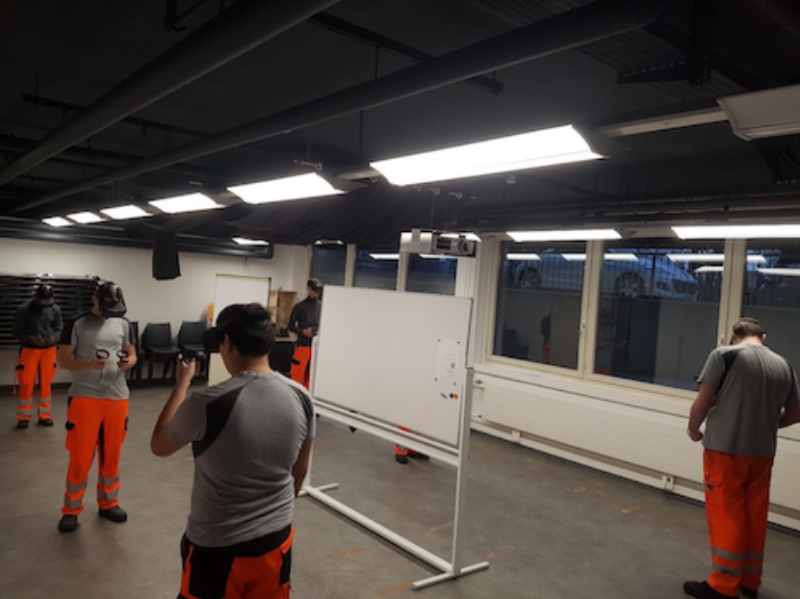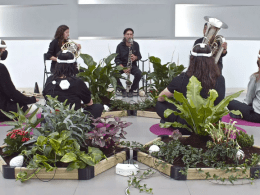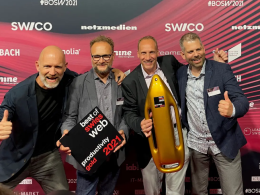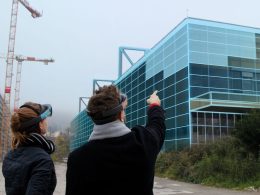Virtual simulations are still rarely used in vocational education and training. On the one hand, the question arises as to the didactic added value compared to conventional forms of learning. On the other hand, what effects does the transfer of certain learning paradigms into the virtual space have on the attitude, motivation and performance of trainees? This question was investigated by login Berufsbildung AG together with the School of Applied Psychology of the FHNW.
The use of virtual reality (VR) is becoming increasingly important in industrial production and is influencing the design of workplaces, products and training systems. Virtual components are also likely to be increasingly found in vocational education and training in the future.
However, the motor and sensory sensitivity of the craft cannot yet be trained in the virtual space. Likewise, there are still open questions regarding the use of tasks from the analogue learning world in virtual space. VR should not only be used for the sake of technology; rather, an added learning value must also be worked out.
In fact, however, studies show that not all virtualisations also achieve improved learning performance. To address the lack of didactic information on the design of virtual spaces in VET, login AG conducted a pilot study with the School of Applied Psychology of the FHNW. Research was conducted to find out what effect the transfer of an established learning paradigm into the virtual space has on the attitude, motivation and performance of trainees.
Machine maintenance and training tasks
The study started with interviews with vocational trainers from SBB and login Lehrwerkstatt Trimbach. The difficulties, necessities and needs arising in day-to-day business were discussed. Subsequently, in several workshops, a maintenance procedure to be trained (compressor change of the train air conditioning system) was worked out, taking into account work-psychological, technical and time-related conditions. In the process, the procedure (which can take a whole day in the real world) had to be considerably simplified and divided into seven subtasks. Parts of the real machine were modelled and the training (CIE and Blocked) was programmed.
Results
Overall, the VR training met the expectations of the learners. Some of them were surprised at how well the training was presented in VR. However, some would have liked a more sophisticated graphic implementation. It was also stated that the many repetitions of the same tasks become annoying after a while. Some called for more variety in the training itself (e.g. through competitions). The trainees positively emphasised that the orientation in the training was very good. The instructions and the tasks were formulated clearly and understandably. The support (through guiding objects and boards) was also found helpful by the learners.
Overall, the VR training inspired the trainees for further possible applications. Ideas were expressed for the following topics: pneumatics, measuring and testing electronic components, a multiplayer VR room for trainees of different subjects as an exercise for the Swiss-Skills, lathe and mechanics & control technology.
Design of the training important
The study concludes that when learning a work process, a fixed number of repetitions of a subtask in the virtual world offers a learning advantage. On the other hand, random repetition of different subtasks shows less learning success in the acquisition of process knowledge. While the trainees experience Virtual Reality as a "virtual view" into their professional future as an additional added value, the way the VR training is designed has a significant impact on motivation.









